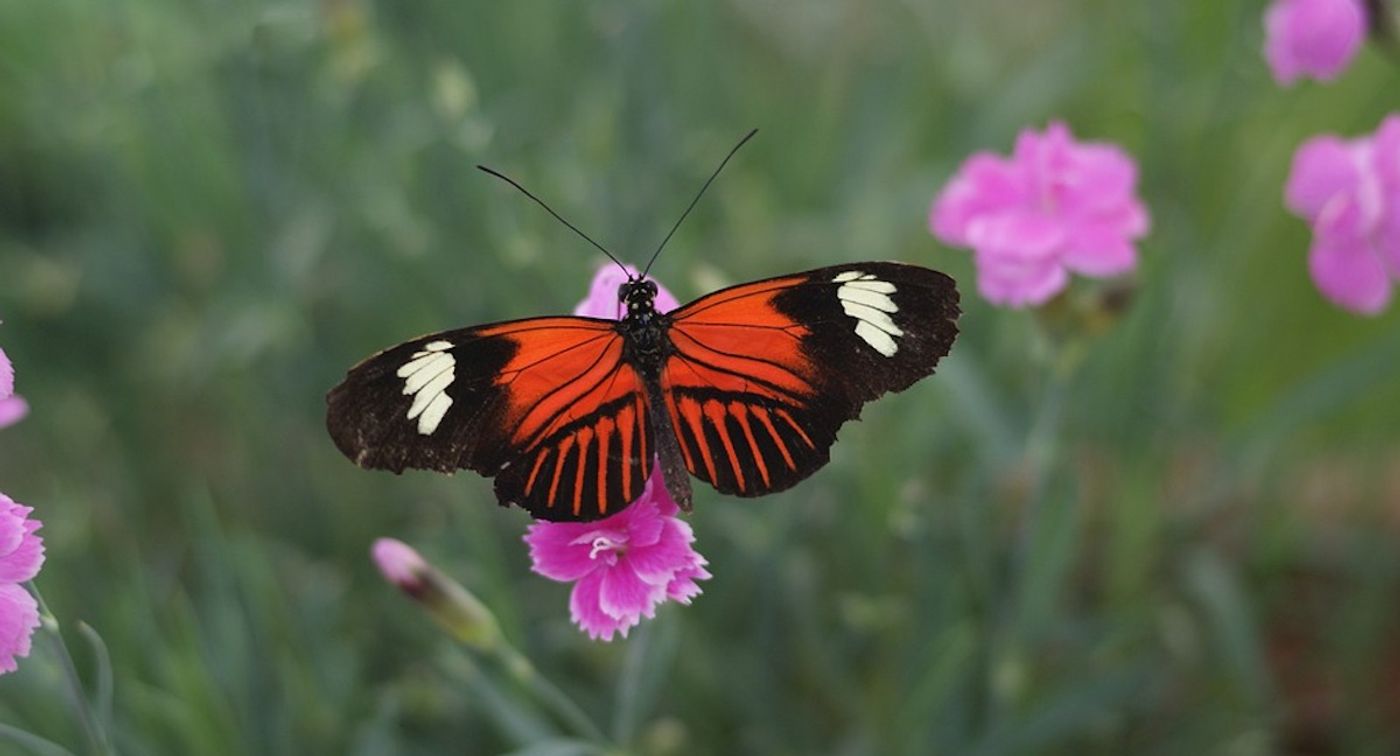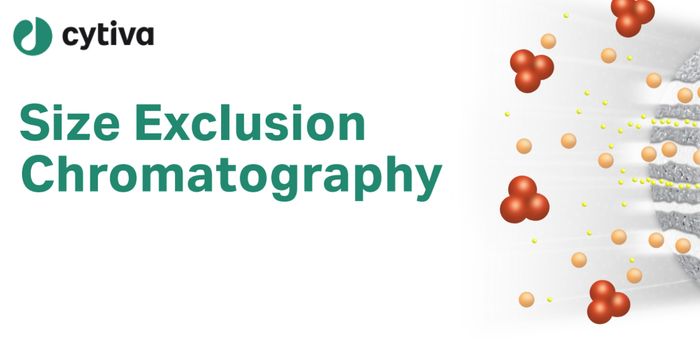Even Different Species of Butterflies Can Easily Share Genes
After assessing the genomes of twenty species of butterflies, scientists were surprised to find that genes flow easily between them, even species that aren’t closely related. The work, which was reported in Science, may change how we view species diversity.
There are similar color patterns among various species of Heliconius, (passion vine) butterflies that warn off predators, and researchers knew that this was partly because they can share portions of their DNA. That traces back to a hybridization process called introgression that occurred in their ancestry. This genetic sharing may actually be a lot more common than we knew.
"DNA sharing had been shown in closely related species, but we wanted to probe deeper into the phylogenetic tree," said senior author James Mallet, Professor of Organismic and Evolutionary Biology in Residence and Associate of Population Genetics in the Museum of Comparative Zoology. "What we found is really astonishing: introgression even among species that are distantly related. 'Species' are simply not what we thought they were, and now we have the data to show it. The evolutionary tree of butterflies is a complete morass of interconnectedness - every bit of the butterfly genome seems to have a different tree."
The researchers created genomic maps by assembling short fragments of DNA in the right order. These can then be used to map the location of genes in the genome.
"The cool thing about making genome assemblies instead of simple genome resequencing is that it's not just the DNA bases that change - the entire structures of genomes can change through evolutionary time," explained the lead author of the study and graduate candidate Nate Edelman. "And using the assemblies, we can detect those changes."
Their analysis revealed that some genes easily flow among the species, and other tended to stay put. An integral process called recombination is one factor that determines how easily genes move.
"In humans and most animals, every individual inherits two copies of their genome, one from her mother, and one from her father," noted Mallet. "The reason you differ genetically from your sibling is due to recombination. Your father contributed to you a newly scrambled, recombined copy of his own parents' genomes, as did your mother with her parents' genomes. So the combination of components from each parent is different in every individual."
If diversity is the goal for future generations of a species, recombination is crucial. This research suggested that it can also happen among various species, and may be a way for adaptive genes to be shared.
"It might seem that useful genes are more likely to be transferred between species," said study co-author Michael Miyagi of Harvard University. "That's true, but there are also more mundane structural issues with the genome that mean some regions are more likely to have genes go back and forth."
The frequency of recombination influences gene flow. "In low recombination regions, we tend to see more resistance to gene flow than in high recombination regions," said Edelman. "What we think happens is that in very high recombination regions, the genes that are resistant or incompatible become dissociated from the genes that can flow across the species boundary."
The study also found that one of the shared genes can change color patterns, as well as the inversion of a chromosome.
"Heliconius butterflies are famous for their color patterns. We found that in one particular region of the genome, there are about 500,000 base pairs that have been inverted relative to the ancestral sequence," said Miyagi. "And smack in the middle of that inversion is that gene that we know controls color pattern. When you have an inversion like that, it means you're keeping all the things within it together, so they can't recombine."
"In nature, it's very unlikely that any individual will mate with a member of another species," added Mallet. "But over evolutionary time, it does happen. It probably only happens in the youngest groups of species - species that are rapidly evolving. Most of the diversity of life is probably created in these rapid radiations. They are involved in events such as the origin of mammals. During these radiations, the hybridization and introgression we document here could be an important means of shuffling variation and recombining adaptations from different lineages."
Sources: AAAS/Eurekalert! via Harvard University, Science









